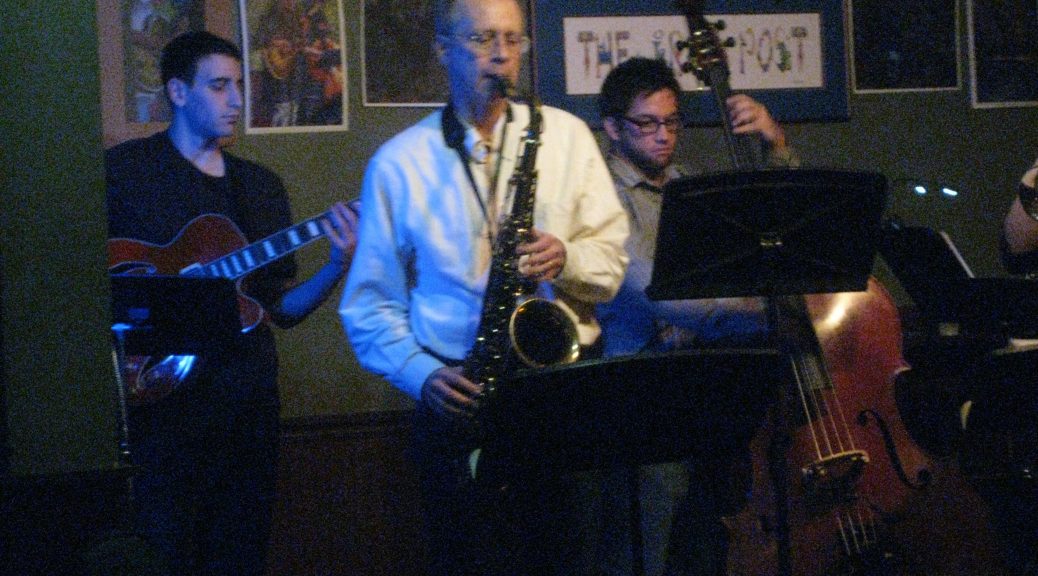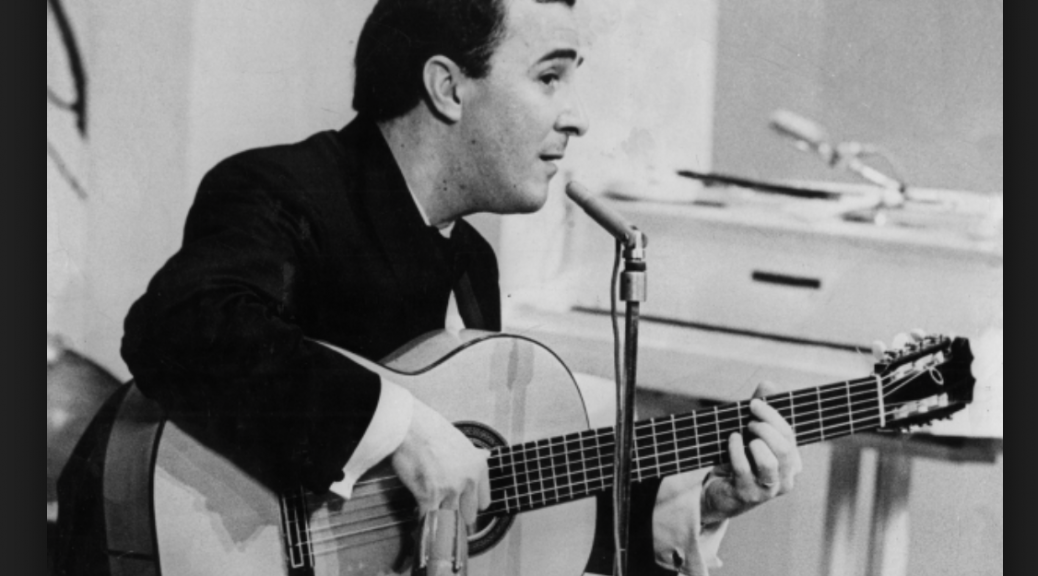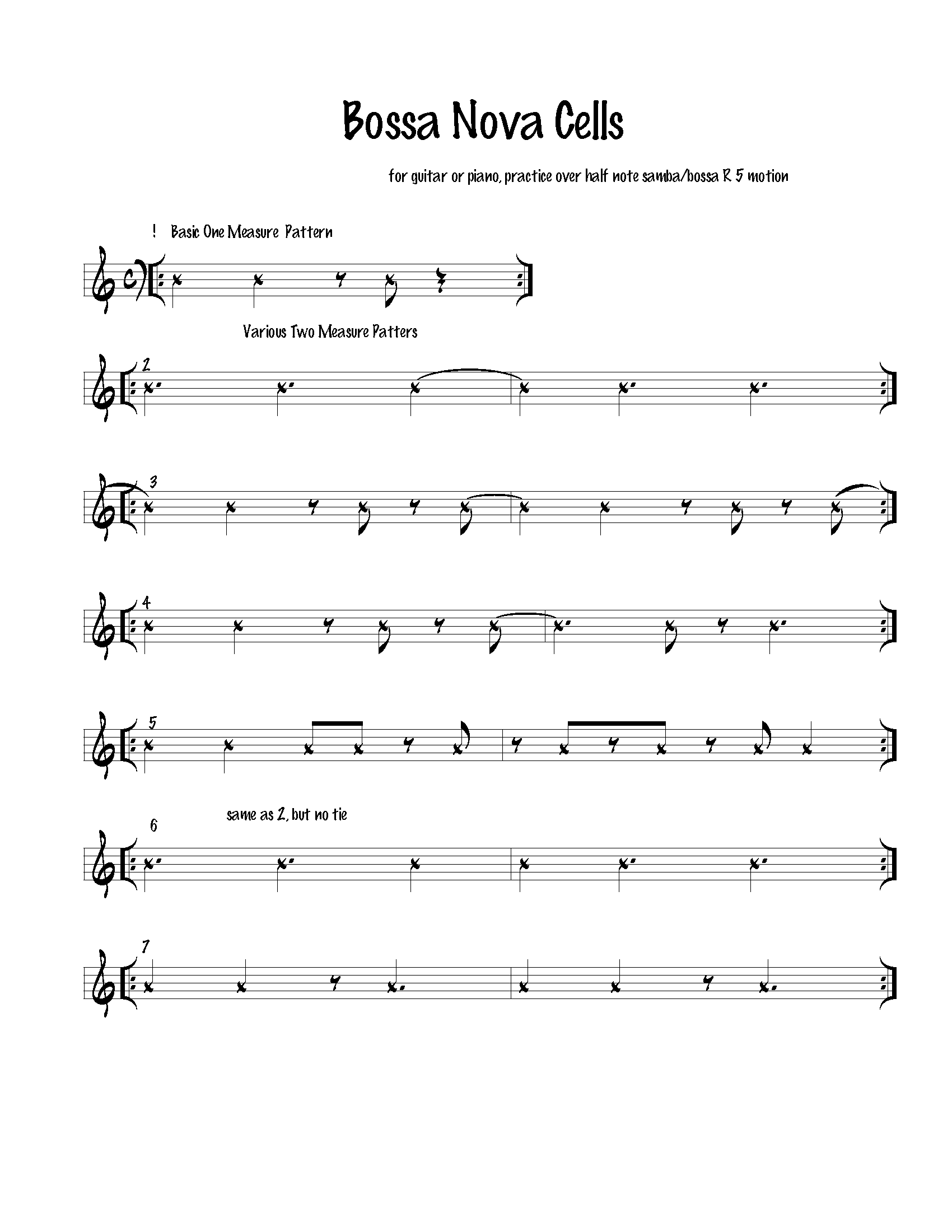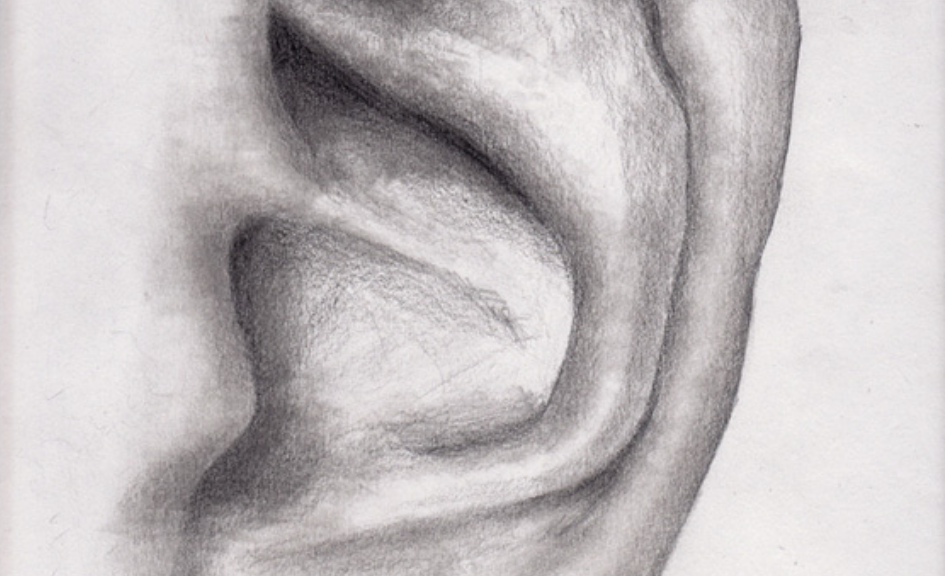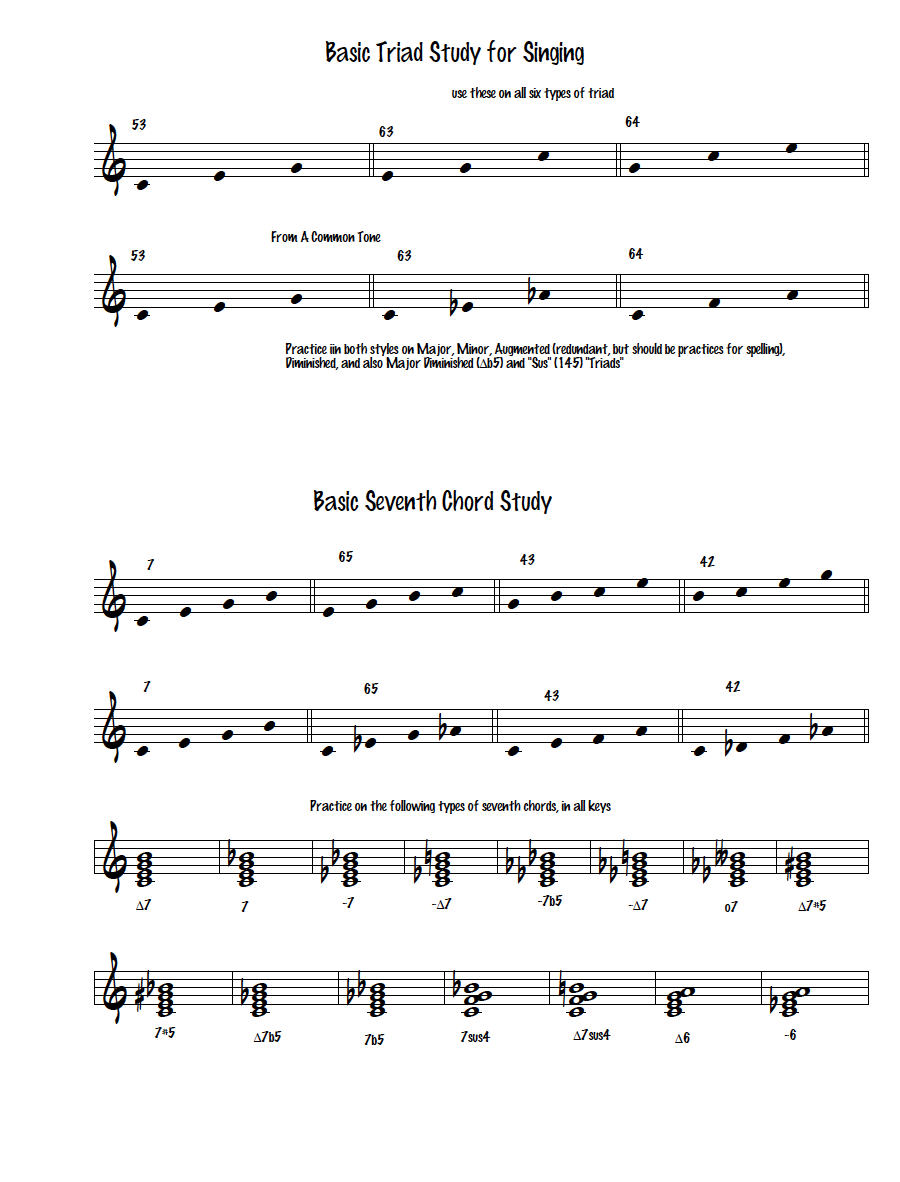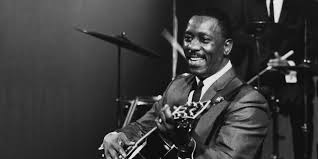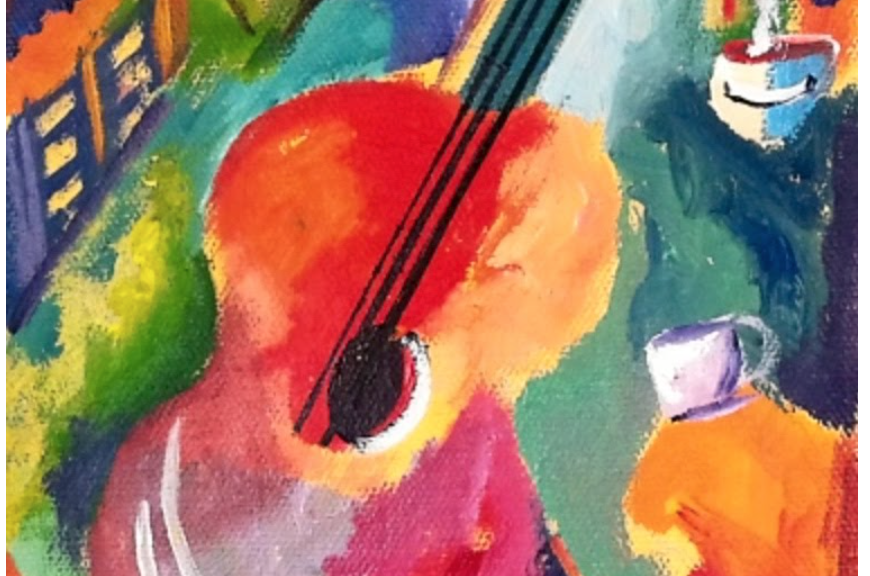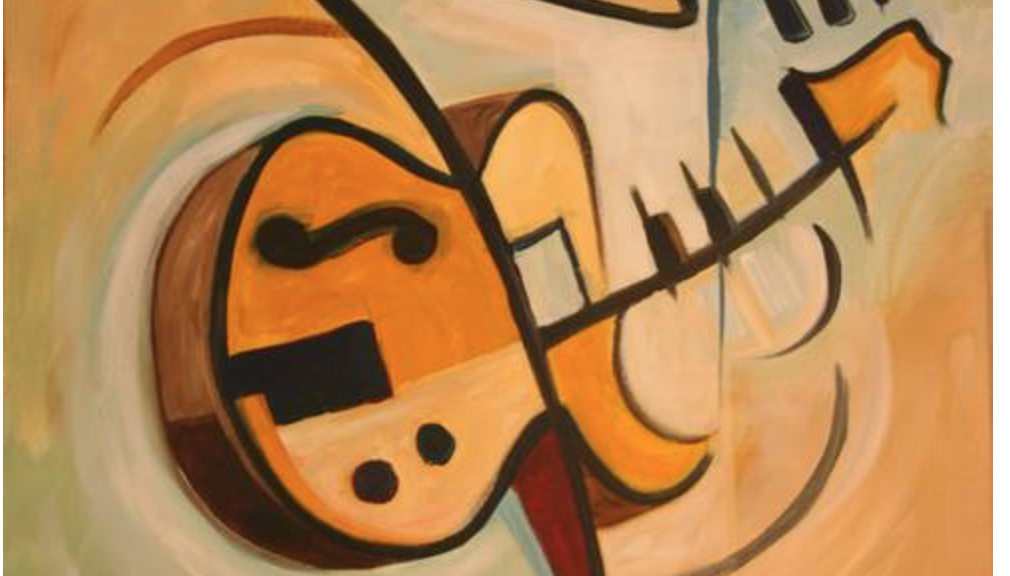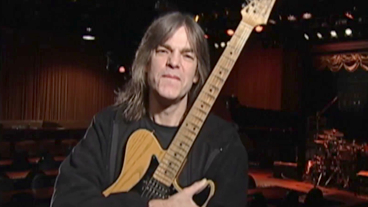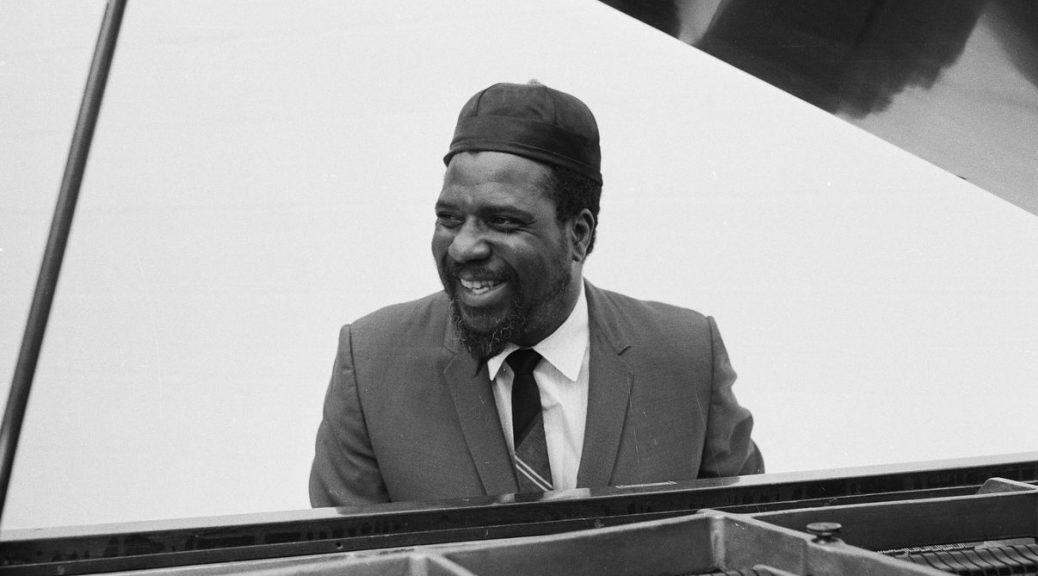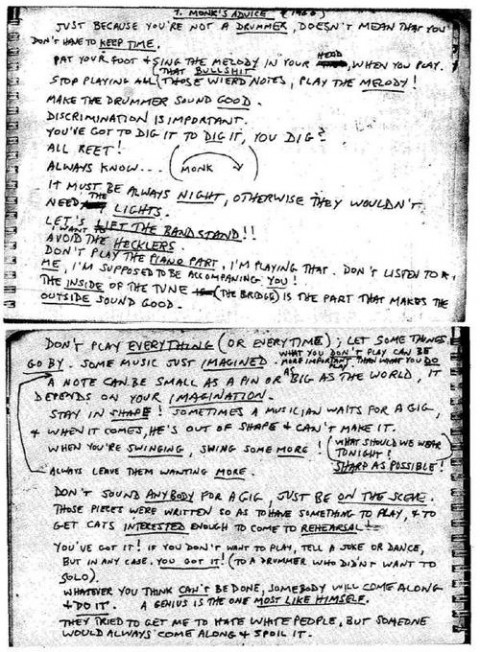I think you’ll find this interesting. It’s a very concise summary of key voicings, on the top 4 strings, for modern sounding “grips”, used for I Major and minor, ii and V7 family chords with the most common but all strong alterations. Of course you’ll have to transpose, and put them into context, but put it to the test with tunes you already play, like Stella by Starlight, Along Together, and so forth. You should be able to play all these tunes with these voicings alone. When you’re comfortable on the top four strings, you should learn them on the middle four and the bottom four after that. 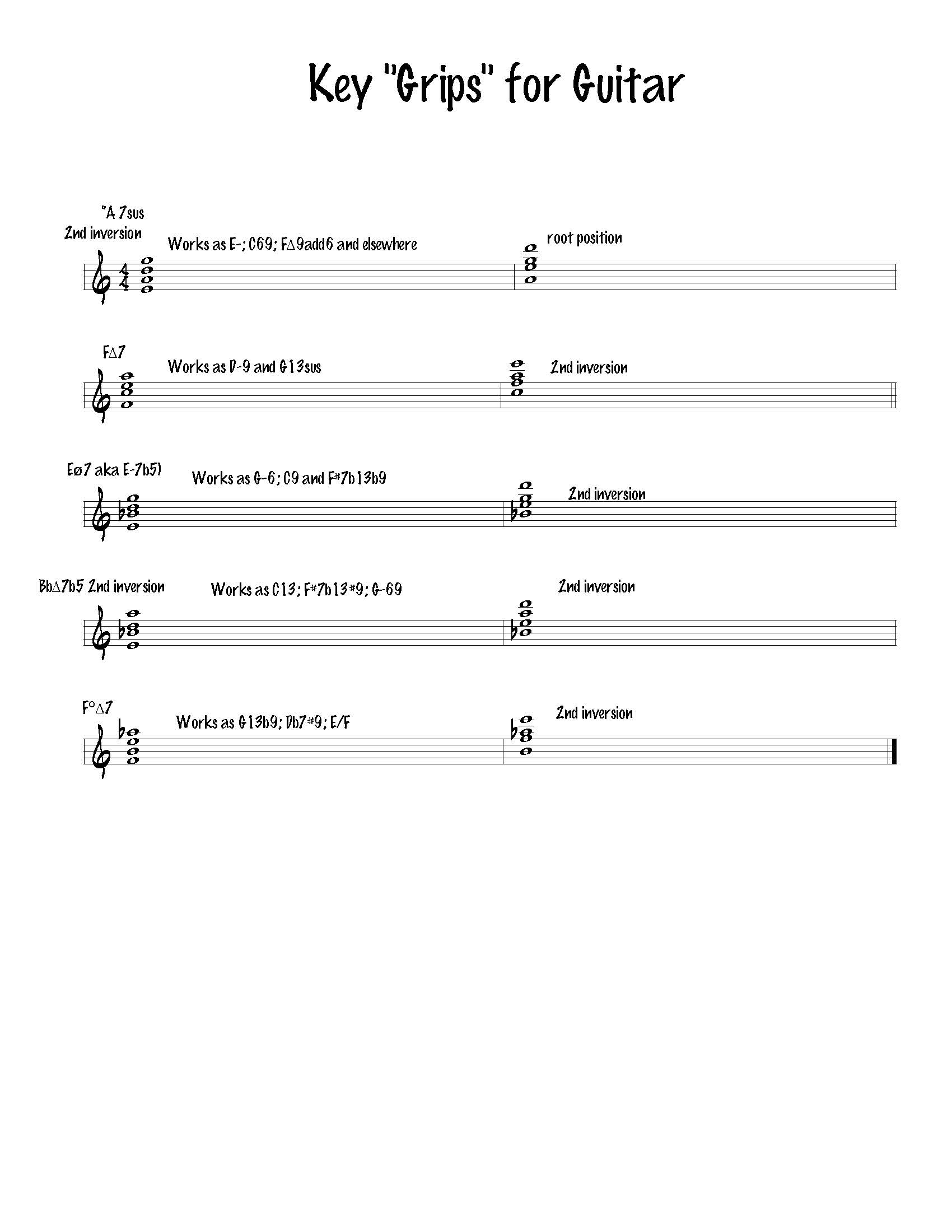
Thoughts along the Way
I think many of you will agree with me that the semester has really flown by. I think we all have a tendency to crash during this week off school for Thanksgiving and then, before we know it, the last few weeks of the term are behind us.
I’ve seen a great deal of growth in many of our students, both in my classes and studio and across the program, though certainly not without some struggles, which certainly go with the territory. I’ve really enjoyed watching all of it, being a part of it and, more and more, documenting at least some of it, which leads me to my thought. I’ve been working pretty hard on video editing and, while in no way do I claim any real expertise, I see, without a doubt, the great importance in today’s world, of learning how to record and edit audio and video. I definitely feel like it’s more of an extension of me, and becoming a part of what I do, both teaching and playing, and I would just encourage you, if you aren’t doing so already, to learn to use technology in your practice. We can learn a lot, at times, practicing in front of a mirror, so this is an extension of that. I sense that doing little recordings of forum, Iron Post, etc. on a regular makes people play just a little bit better, at least that’s my hope. It’s always been said that you never know how might be out there listening to you, and now this is more true than ever.
So, congratulations to all for your hard work and practice, and I look forward to the coming weeks, with concerts, recitals and juries.
Bossa Nova Guitar
I thought I’d write a little about Bossa Nova. As many of you surely know something about the style I just will say a couple of basic things about it. First of all, I would see Bossa Nova, which kind of took the U.S. by storm in the early 60s with Joao and Astrud Gilberto and of course Stan Getz as completely distinct from afro cuban music, a distinct approach that derived form earlier Brazilian styles, in particular samba. The heartbeat is really a steady pulse on 1 and 3 with various upbeat patterns added. Some people talk about a Bossa Nova clave, but that can be confusing for the student. First of all, here’s the original Gilberto/Getz recording of Girl from Ipanema.
Listen to the way the guitar part, played by Joao Gilberto evolves. It begins with most basic one bar bossa pattern, with 3 hits, one two and the and of three, over half notes played with the thumb. But, by the time Getz comes in, it more of a two bar pattern.
I found this beautiful 1983 recording of Gilberto doing the beautiful tune Estate live where he stays with the most basic pattern most of the way through.
Here are several common patterns you can practice. Perhaps work them separately at first, but get each pattern comfortable so you can play it over half notes in the thumb. You’ll be on the way to developing a better Bossa Nova feel. For a deeper look into this I highly recommend Nelson Faria’s wonderful The Brazilian Guitar Book for a very full study.
This is pretty important information for all jazz guitarists, so check it out. When you’re playing in a group with a bass player, you can hold down the thumb or leave it out, but the independence you develop here will make you a much better comper.
Here’s one more quick one , just one of my all time favorites Brigas Nunca Mais with Elis Regina and Antonio Carlos (Tom) Jobim. An updated (for the 1970s!) version of the feel.
Thoughts on Hearing Chord Changes
One student asked recently in studio class for suggestions/advice about hearing chords, in particular specific harmonies once the root is identified. At the time, I talked about the importance of hearing/singing the melody first, then the fundamental bass line, and being able to sing one of those while playing the other, which I think is certainly right.
Beyond that, I think there are several kinds of things we can do to improve our perception of chords. There is the idea of inner voices, and it is good to think of these, in the typical mainstream jazz context, as somewhat hierarchical, so we might practice first hearing thirds and sevenths, either isolated (hearing/singing the 3rd, for example on each chord) or in context (voice leading 3rd to 7th and vice versa). After that, we could possibly also look briefly at 5th to root and root to 5th, but the next big step is adding the 9th, resulting in 9th to 5th voice leading and the inverse, and then the 13th, with 9th to 13th, though that is limited in many cases because we don’t really hear 13th on subdominant minor 7th chords (like A on a C min7 in a ii V I in Bb). So, in sum, working on the ability to hear a given chord tone in a given harmony will really help open up the ear.
The other approach, very important, is developing the ability to sing chords well from any note. This is what I like to call the fundamental exercise, by which I just mean working anything, scale, chord, etc., from every part of it. So, the fundament exercise on a C Major triad would look like this:
The first line is singing the C Major triad up through each note from each note. The second line is the same idea, but singing the three major triads which contain C. You should work this on minor, diminished and augmented triad. With augmented, of course, the last line is basically moot, due to the symmetry of the augmented triad. Later, you can add the sus triad, CFG for example, and the major diminished triad, CEGb, or CEF#. These are very important when we add sevenths.
The same idea applied to 7th chords, here the Maj.7, would look like this:
Line one is C∆7 in all inversions, line 2 is all four ∆7 chords containing C.
Here’s a summary, road map of the whole concept. It’s a lot of work, so just do a little bit, and keep doing it, and your ear will improve.
Be sure to also think about how this would be done with scales. Tip: We really only need to know 4 scales to play most of jazz- the major scale, the melodic minor (so-called ascending form), the whole tone scale and the octatonic scale. Most of what we find are permutations or subsets of those four. So, if you learn the major scale in this way, you also have learned aurally the structure of all the modes, for example, and you’ve learned it well.
Play of the Week – 3 by Wes
I can only say, Wes!! The first one I haven’t listened to enough, how tight he is with his brothers, Buddy and Monk.
Groove Yard, by the Montgomery Brothers
https://en.wikipedia.org/wiki/Groove_Yard
Far Wes – 1958 The title track and Hymn for Carl are especially fine. Notice the very interesting electric bass on this record, also by Monk Montgomery, not to mention the comping with Wes and Buddy.
And, my favorite of all time, Boss Guitar, featuring Wes’ partner Melvin Rhyne, organ, along with the legendary Jimmy Cobb, drums. Be sure to check out Dearly Beloved, and Days of Wine and Roses, but every track is a gem.
Thoughts and Insights from the Teaching Studio
It’s been a very busy couple of weeks for me with some very involved off campus projects which have consumed a lot of time while maintaining the complete teaching schedule. I learn from each and every one of you and really strive to make each minute in the lesson count. There were a few very interesting insights I had which I wanted to share, these being being on comments or questions from one or another of the students, bass and guitar.
One student, a very gifted one(!), surprised me by stating, in response to some advice I was giving him about practice techniques away from the instrument, that he didn’t really see what what important about practice away from the instrument. This surprised me because I thought I really make the point to each student how really key it is to do that. I would go so far as to say it’s probably at least as important as practicing at the instrument and probably MORE so.
What kinds of practicing am I talking about? Well, there are several types. One would be visualization, that is imagining you are playing the guitar or bass and really actively practice something, like a scale or phrase, or a tune or somebody else’s solo and including, of course, one’s own improvising. It also would include listening, singing (solfegging), imitative practice with recordings, rhythmic practice and so on.
With many of the students, I started using the iPad more in our lessons and think it is a very positive tool we can use at times. In many cases, students were surprised at how good they sounded! We spend a lot of time in a hypocritical mode and it’s important to remember that it’s essential to really do away with any self-conciousness when we are in creative mode, which is where we are when we are soloing. It’s a paradox because, every note is important, very important, so this is the process, where we are striving toward total awareness in combination with a lack of self consciousness!
In some cases, something we heard/saw on the recording led to questions about ways to identify and include more of something lacking in the playing. For one student this was be-bop “vocabulary” and I responded by giving that student some very specific stock phrases to be sequenced through the tune he was playing and then manipulated in different ways. In another student it was more focused on conceptions of “time”, which is of course not always an easy thing, and recordings can teach us so very much.
Those are just a couple of examples, but I really enjoy each moment with each student and observing the growth process as it unfolds.
Michael Carvin Meeting Your True Inner Self
I found this podcast, fascinating, fun, and very inspiring. Master drummer and teacher Michael Carvin shares his vision of teaching and of studying. I highly recommend this program, there are many different kinds of highlights within, and I must say hearing this affected my teaching!
Michael has taught a lot of great drummers and you can see/hear him all over the internet, including some burning examples from the early 70s with Freddie Hubbard, but these words are really special. http://www.drummersresource.com/michael-carvin-interview/
Healthy Guitar Playing
I think it’s very important to recognize that playing the guitar is a physical activity, and therefore that developing an efficient, practical and healthy “operating system” is key to not only freedom and enjoyment in playing, but also health and longevity.
The first place where this occurs is in our core studies, by which I mean shifting, finger studies, picking studies, including string crossings and accents, and of course scales and arpeggios and so on. By memorizing and practice the core studies on a daily basis, with keen attention to not only to output in terms of sound quality, but also the “feel” one has, you are building for the future, quite literally for your whole career.
Of course you know I am firstly a jazz bassist, but I think the comments I recently shared with my bass readers are equally applicable to the guitar:
Quote: I speak from experience- many know that I started playing the bass at 20-of course I was a very competent guitarist before that, but needless to say, a lot of work was done in my 20s. The operating system I developed, under the guidance of my main mentor, cellist Karl Fruh (yes cellist, and I mean on the bass, though I later went back to school to earn two degrees as a cellist, but that’s another story), who was very scientific in his teaching, and really broke things down into nuts and bolts. I was certainly nimble and had natural facility, but it was Karl who really enabled me to really get it together.
I just finished 11 straight days of playing at the Jazz Showcase, first with Gary Bartz for four and then with Ira Sullivan for seven. Most nights were 2 sets, but one night with Ira, the infamous Chicago “Pub Crawl” is a six hour gig. I can tell that, at 63, I feel just wonderful playing, six hours being no problem (and Ira plays long, hard and, at times, very fast) and this is not just a random occurrence but the benefit of years of practice. So my point is that core (I prefer this term to “technique” or “technic”) is the foundation of our playing. I frankly never get tired of scales and technical studies, because they define my OS, which is then put at the service of music.
In addition to your core work, I highly recommend pursuing other kinds of physical and mental activity. These might include, yoga, tai-chi, alexander technique, meditation, dance, running, cycling, weight training (I wouldn’t really recommend heavy lifting for musicians but light weights is certainly good).
This may seem obvious or pedantic, but diet and, especially hydration is very important. Most of the last week and half I was driving about 250 a day for the Showcase, and by avoiding the tendency to hit junk food at 1AM and instead drink a lot of water, my energy level was far better. In fact it got stronger as it went along. Part of it is, of course, the great blessing of playing music. I truly love what I do, and derive great joy and energy from playing with people. I used to go to Japan to play the Blue Note for 7-10 and come back and teach right away. The key to doing that was mega-hydration, I mean a ton of water. Your health is very important, so the more health conscious you can be the better. Try to find a system that works for you, we are not all the same.
In sum, I still believe the range, quality and force of our playing all comes out of the core and individual practice. With core, you really dial in to your major voice, the guitar, which is then balanced with listening, transcribing, work at the piano, solfeggio, whatever. For me, practicing is like meditation. Referring back to the previous article, when we are doing core, it’s good to introduce improv at times into the practice.
Thoughts on Practicing
Practicing is a personal kind of endeavor, and certainly evolves with each of us. I really, honestly, advise you to find your own specific methods, but, it’s good at times to take stock of what you’re doing and evaluate our organization. Lately, I’ve come to think about the many kinds of things which we do in musical practice/study to be grouped into three main areas: Core, Repertoire, Creative. Let me try to explain and give some examples.
Core will include anything specific to the instrument, so for us it starts with foundational things like shifting, finger studies, open string studies, arco and pizz, but also scales, patterns, etc. It could also include etudes and much more.
Repertoire for us as improvising musicians has a wide range. It could include tunes of course, as well as anything “classical” you study, like pieces, suites, but it also needs to include so-called transcriptions, which I like to call imitative practice, which helps to develop what some like to call “vocabulary,” in other words an understanding or reference to a sound and style. As musicians of the future, we need to be equally adept at reading and playing by ear, so both aspects are part of this.
Creative This of course means composition and it’s twin, improvisation. Not all will agree that they are exactly the same, but I’ll loosely paraphrase renowned saxophonist and composer Dave Liebman and say that composition can be though of as improvisation slowed down and vice versa. Of course there are advantages to each activity, and one should do both at least to some extent. The thing I observe with more than a few students is little or no activity that is actually creative. It’s understandable that we need to spend a lot of time with Core and Rep to become great musicians on any instrument, but don’t put off daily creative activity until later. In simple terms, express yourself! It might feel like what you want to do is not in line with what you think is expected of you, but that’s way too much thinking. The greats balance reference, expectancy with surprise. One of my favorite quotes from Benny Golson: “Ron Carter, you never know what that guy is going to do!” That to me means surprise. Work to really be in the moment when you play, and including this in your daily regimen will help you. Do something right now- improvise! It’s what you will be doing when you play with others, much of it anyway, so make it a habit as part of your practice and you will be more confident in your playing in groups.


